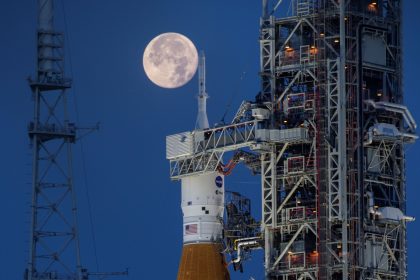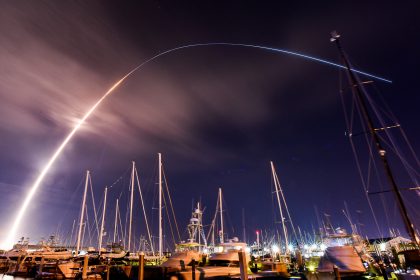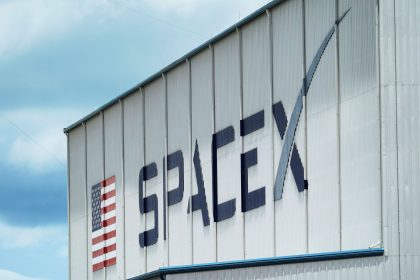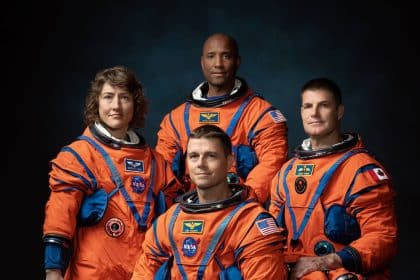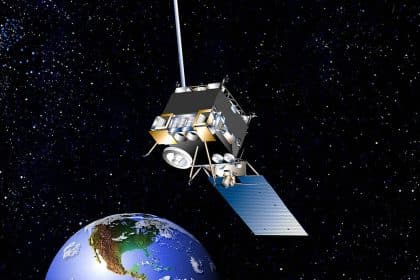FCC Shortens Length of Time Satellites Allowed to Remain in Orbit
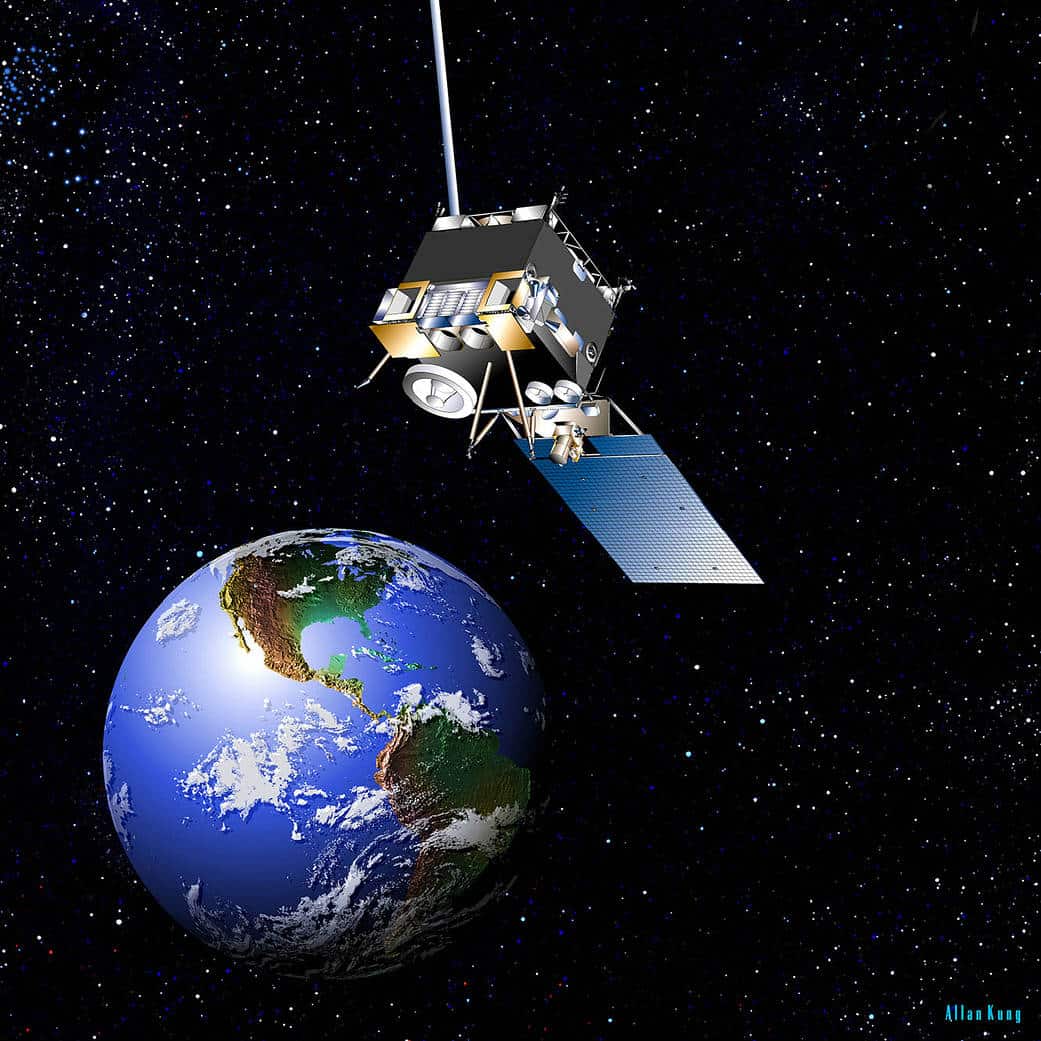
WASHINGTON — Low-earth satellites must be deorbited after five years, the Federal Communications Commission decided Thursday at its monthly meeting.
This rule change severely shortens the amount of time satellite operators have to remove their instruments from the skies. They previously had about 25 years, and the new five-year rule is seen by commissioners as a way to make space exploration more sustainable as more companies launch missions.
“We require both that domestic licensees, and foreign operators granted access to the United States market, responsibly dispose of satellites that have served their purpose.
“This order marks what I hope is the dawn of a new regulatory approach to the space economy: rules that are tough, sensible, and performance-based. Rules that, I hope, will form the bedrock of a safe, sustainable, and innovative space economy,” said Commissioner Nathaniel Simington.
The number of satellites in orbit is not at a crisis, yet, commissioners said. However, there is limited space in the orbit to launch such satellites, which is why they are making this rule.
“As a space regulator, our role is about more than just making sure the next new mission achieves liftoff. We also need to plan ahead for the missions we know will follow — and that means making sure that a new era of space innovation ultimately doesn’t collapse by the weight of its own success,” said Commissioner Geoffrey Starks, who participated in the meeting remotely.
Creating plans to limit space junk will help ensure the space economy continues to thrive, he said.
“Without a safe operating environment, debris risk could escalate from a financial afterthought to a hazard that makes investors think twice, and could complicate operations in a way that slows or limits new space endeavors while driving up per-mission costs,” Starks said.
It could all be subject to change if there is a more sustainable solution for taking down satellites, Simington said. However, that solution hasn’t been found yet, he pointed out.
“Hope is not a plan. And the operating environment of the past of a few, large, high-altitude satellites is fading from memory at a rate that feels like a step change from even five years ago.
“At the FCC we often talk of the spectrum pipeline—well, get a load of the satellite pipeline,” Simington said. “Over the next decade, commercial operators plan to launch tens of thousands of new satellites into orbit.”
Since humans started launching satellites into space in 1957, there’s been about 10,000 placed into orbit.
“More than half of those satellites are now defunct. Many of them were launched with the understanding that they were cheaper to just abandon than take out of orbit,” Chairwoman Jessica Rosenworcel said.
“They stay in orbit for decades, careening around our increasingly crowded skies as space junk. That’s bad because it raises the risk of collisions that harm satellites we count on, makes it harder to launch new objects into higher orbits, and even has environmental consequences back on Earth,” she said.
Overall the new rules “mean more accountability and less risk of collisions that increase orbital debris and the likelihood of space communication failures,” Rosenworcel said.
Madeline can be reached at [email protected] and @ByMaddieHughes
















